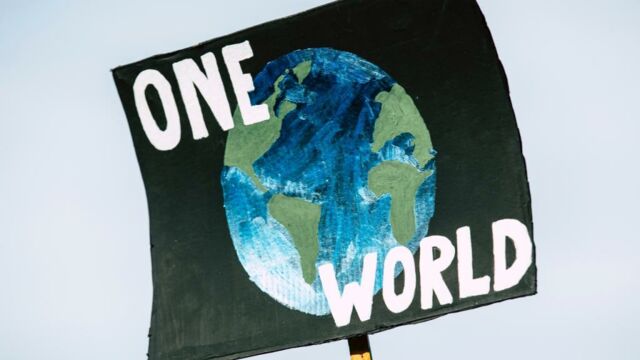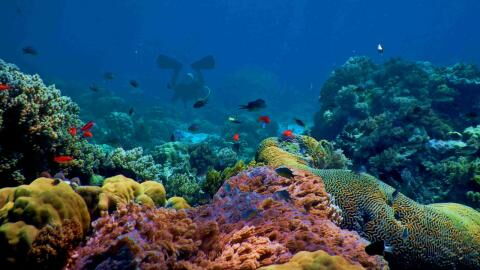After an ash cloud from the eruption of Mount Pinatubo in the Philippines in 1991 cut world temperatures for more than a year, geoengineering is being looked at as a way to slow down global warming.
Discover our latest podcast
What is geoengineering?
Geoengineering involves solar radiation management (SRM) – reflecting sunlight away from the planet so less heat is absorbed. This can be carried out in numerous ways, including deploying a haze of sun-dimming chemical particles into the sky high above the Earth to reflect the sun away and slow global warming.
Critics believe this artificial planetary sunshade risks re-producing some of the worst mass extinctions in history, which have been the result of increasing both the atmosphere’s carbon-dioxide and sulfate levels. As The Atlantic asks:
We’re already pumping CO2 into the sky... Why are we so sure that adding sulfates won’t just backfire?

Indeed, scientists have found that diffusing sulfate aerosols into the stratosphere to reflect sunlight, temporarily ‘pausing’ global warming, could expose up to a billion more people to malaria. The report, published in Nature Communications, is the first to examine how geoengineering the climate might impact the burden of infectious diseases.
Colin Carlson, an assistant research professor at Georgetown University Medical Center and lead author of the study, said:
On a planet that’s too hot for humans, it also gets too hot for the malaria parasite. Cooling the planet might be an emergency option to save lives, but it would also reverse course on those declines.
Weighing up 'the risks and benefits'
The technology could drastically shift the spread of malaria in tropical regions, making the deadly mosquito-borne disease spread more in hot, lowland regions including West Africa, parts of South-East Asia, and the Amazon basin. On the other hand, it could reduce risks in the highlands of East Africa and on the Indian subcontinent.
Mohammad Shafiul Alam, a malaria specialist at the International Centre for Diarrhoeal Disease Research in Bangladesh and co-author said:
It cuts both ways: some countries will benefit and other countries will suffer.
Carlson said:
Geoengineering might save lives, but the assumption that it will do so equally for everyone might leave some countries at a disadvantage when it comes time to make decisions.
If geoengineering is about protecting populations on the frontlines of climate change, we should be able to add up the risks and benefits — especially in terms of neglected health burdens, such as mosquito-borne disease.
Read more:
⋙ Climate change: 40 years' worth of Antarctic glaciers gone in seconds, find out why
⋙ Earth Day: Have you seen Google's new doodle? It will shock you















